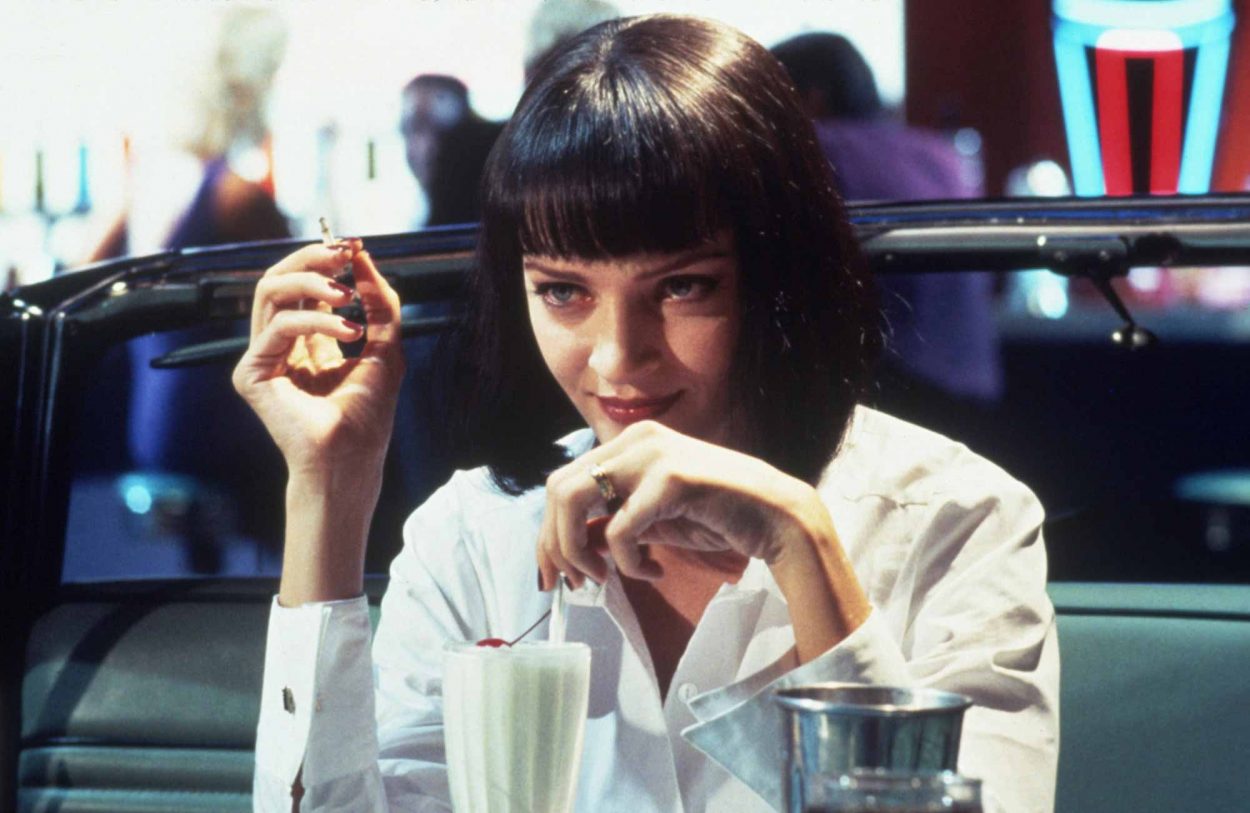Automatonophobia. The fear of ventriloquist’s dummies, puppets, animatronic creations, wax sculptures or any effigy representing a being capable of feelings, sensations or consciousness. Like most phobias, automatonophobia is generally caused by a traumatic event in a person’s past that creates a deep psychological scar. Due to this, folks with automatonophobia or any of its subsidiary components can do not feel at ease around inanimate replications of animate life.
The specific subset of automatonophobia that tackles replications of human-like or “humanoid” objects is called pediophobia. Of Greek lineage, this word literally comes from the word “Paidion” (little child) and “Phobus” (fear). This category specifically includes mannequins, marionettes, robotic dolls, children’s dolls, and pretty much the entirety of Madame Tussaud’s. Bizarrely enough, those who suffer from very bad pediophobia are also terrified of real live children!
If The Twilight Zone episode starring Telly Savalas and Talky Tina (“The Living Doll,” air date 9/1/1963) creeps you out and Don Mancini’s delightful Child’s Play series gives you the chills, you may well have a bit of pediophobia. Magic (Richard Attenborough, 1978) starring Anthony Hopkins, Ann-Margret, Burgess Meredith and Ed Lauter certainly operates on that thrill factor. Corky Withers is a shy ventriloquist trying to make it to the Big Time. Unfortunately for Corky (and those around him), it seems that something or someone is plotting against him every step of the way. You’ll have to see the film to watch how the story unravels through the mouths and actions of Hopkins and Fats, the ventriloquist dummy specially designed to look eerily like the British actor.
On October 20 and 21st, the New Beverly is showing one of the most delicious double bills in all of horror film history – Magic (Richard Attenborough, 1978) and Silence of the Lambs (Jonathan Demme, 1991). This glorious pairing platforms the great Anthony Hopkins in all his acting prowess. His blood-curdling character mastery in these films will leave the audience stunned, out of breath and terrified… in the best possible way. Clip your nails before you buy your tickets. You may find yourself biting them or digging them deep into your seat as these worthy films are projected in wonderful 35mm. Even if you’ve seen them before- these are two films that you can never see too many times.
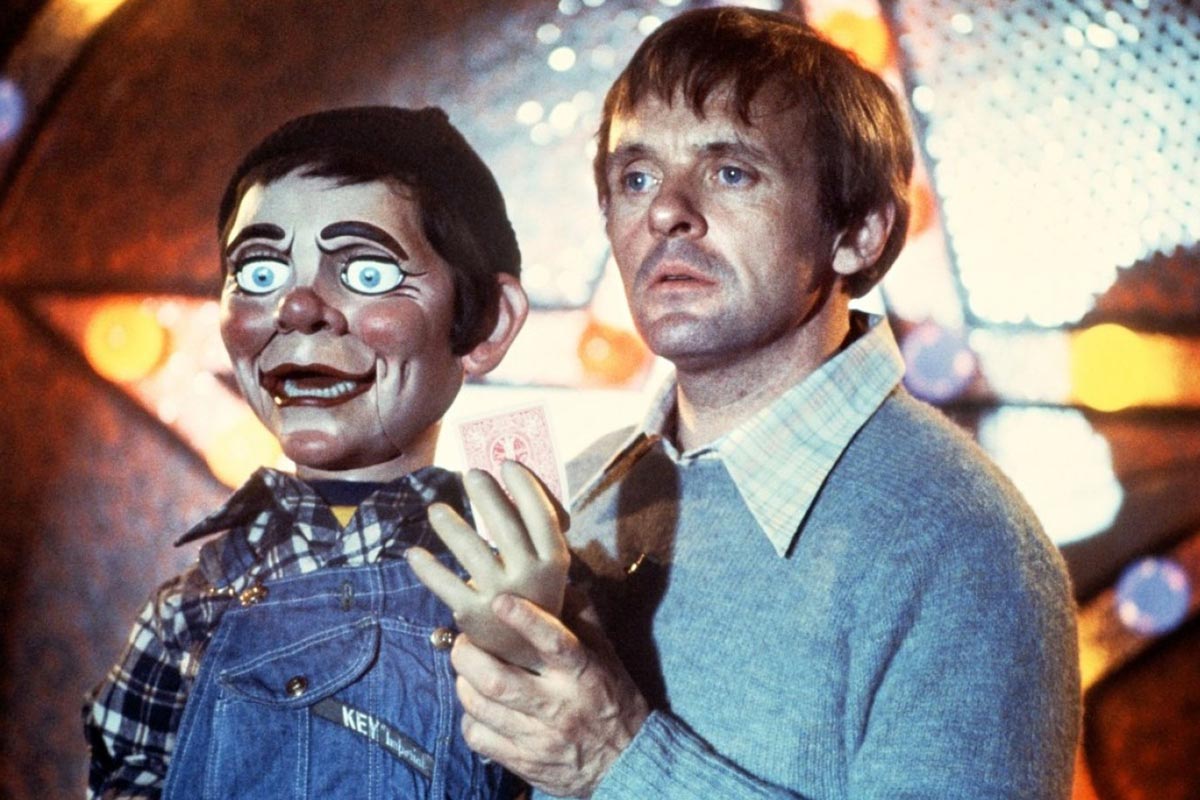
Anthony Hopkins was not the first choice for the lead in Magic. The big conversation in all the gossip rags at the time was that Jack Nicholson was up for the lead part of Corky. Apparently, Jack was quite interested. He liked the story and the script but he had one (aesthetic) problem: he didn’t want to wear a hairpiece. His hairline was already starting to recede at that point and he was not going to draw extra attention to that fact thus…he didn’t take the role. As stated in an article in Variety, Nicholson’s response to being approached was that he was “professionally tied up” and unable to participate.
The production of this film was not exactly smooth sailing. Magic was a never-ending road of stops, starts, shifts and fissures. Luckily the film itself does not show the behind-the-scenes politics and chaos, but BOY HOWDY did it all exist and was it documented in the industry papers (not always in the most flattering of terms).
William Goldman, novelist and screenwriter of well-known works such as The Princess Bride (1973-novel, 1987-film), Marathon Man (1974-novel, 1976-film) and Heat (1985-novel, 1986-film) already had two Academy Awards under his belt by the time he wrote Magic. Butch Cassidy and the Sundance Kid (George Roy Hill) snagged him Best Original Screenplay in 1969 and All the President’s Men got Best Adapted Screenplay in 1976. While it may not have gotten any Oscars, Magic was also given its due praise. The Mystery Writers of America presented Goldman with an Edgar for Best Motion Picture Screenplay in 1978.
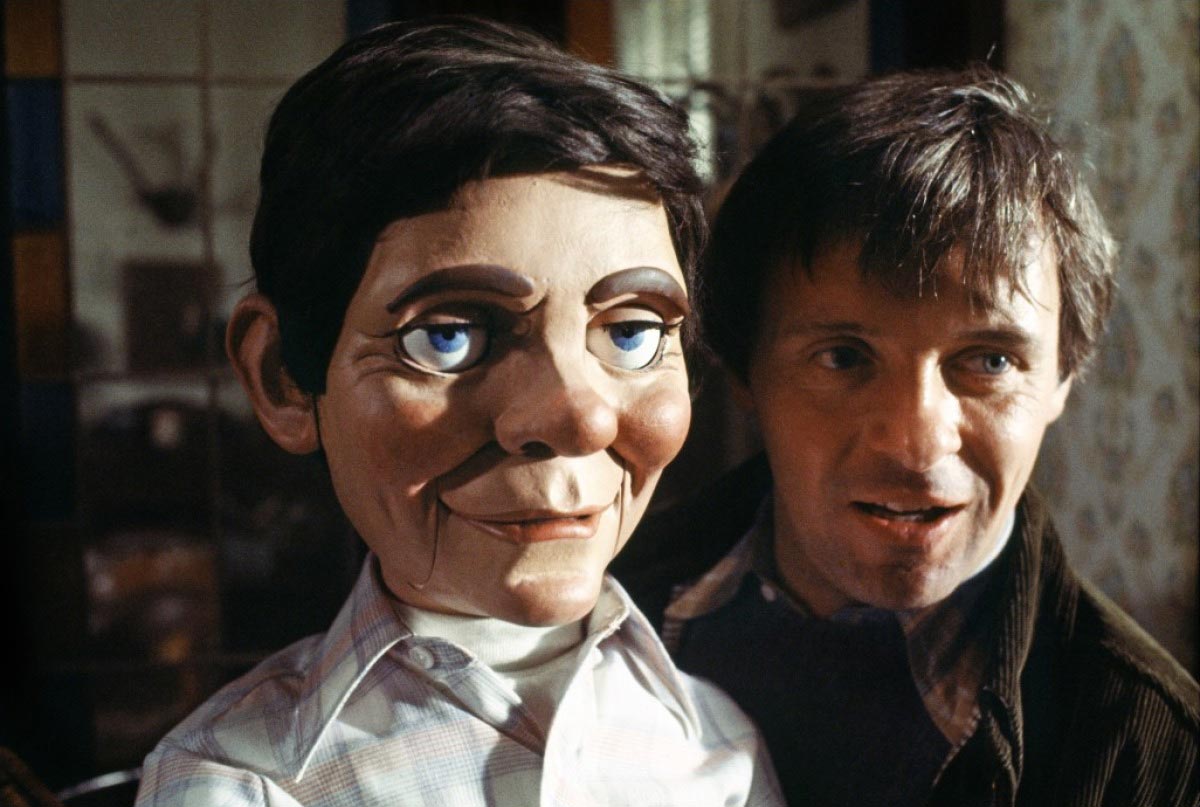
In March of 1976, producer Joseph E. Levine acquired the screen rights to William Goldman’s Magic. Goldman’s novel, described as a “psychological thriller,” was due to be published in September of that same year by Delacorte Press. According to the Independent Film Journal, there was an “informal press gathering at New York’s ‘21’ club” where Levine announced the optioning of the novel as well as Goldman’s involvement as screenwriter.
This was not the first time that William Goldman and Joe Levine had worked together: Levine’s previous project, A Bridge Too Far, featured Goldman as screenwriter. So cherry picking an as-yet-unpublished novel to adapt would not have been out of the question. They knew one another and had a strong working relationship. What the men did not know was what an impact Bridge would have on Magic. A Bridge Too Far would serve as the primary source for many members of the Magic production team.
Magic was Joseph E. Levine’s first personal project since leaving Avco-Embassy, the enterprise he had founded many years earlier. Begun as a foreign distribution company in the 1940s, Levine did well for a long time, eventually getting into production and television. Content as diverse as the Rankin-Bass animated films, Mike Nichol’s The Graduate (1967) and The Lion in Winter (Anthony Harvey, 1968) all came from what was then called Embassy. It changed ownership (becoming Avco-Embassy) and Levine then left to go independent, making A Bridge Too Far (Richard Attenborough) his final Embassy film in 1977.
Goldman wrote in his book Which Lie Did I Tell?: More Adventures in the Screen Trade, “One thing that made Levine unique was that he was the bank. He made his movies with his own money, took no studio deals until late in the game when he had something to show. He was gambling that he would find movie studios who would want to buy and he had gotten very rich that way.” This kind of approach and “gambling” style goes far to explain the different people attached to Magic and the numerous times the shooting was delayed. Levine was willing to take risks and didn’t deal with distribution until the very last possible moment.
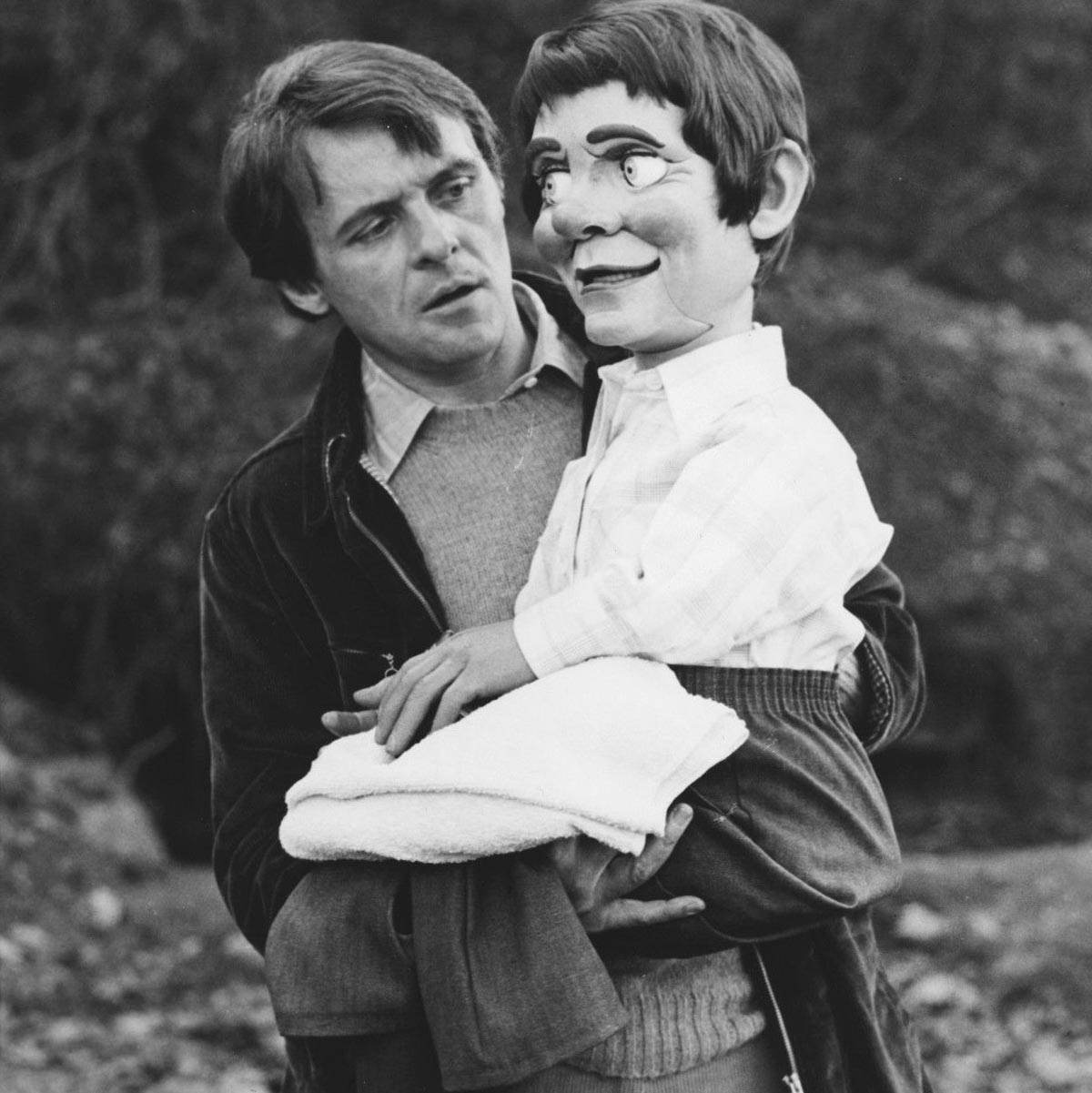
When people started hearing and reading about the Levine/Goldman project, they were extremely interested in the material. It’s a great story, dark and haunting, plenty for any director to want to sink his teeth into. Especially a young up-and-comer like Steven Spielberg. Spielberg said, “I had talked to Robert De Niro about playing the part that Anthony Hopkins wound up playing… I had it in my mind how I would have made that film and I thought it would have been pretty good. After a year had gone by… I went to go see the picture and realized it was a hell of a lot better than what I would’ve done.”
Spielberg may not have been attached to the film, but director Norman Jewison, at one point, was. The July 23rd issue of the Independent Film Journal updated the film’s production date and shooting locations in addition to adding production staff. Filming would begin in October 1976 in New York and Hollywood and the well-respected Norman Jewison was announced as director and co-producer. Various other publications continued to place him as director/co-producer up until the very end of 1976. At this point the story changes. Apparently there were some sticking points between Levine and Jewison, they disagreed and had personality clashes and thus… Jewison was off the picture. Shooting was delayed again.
In April of 1977, just a little over a year after the initial announcement, Screen International wrote that director Richard Attenborough was now attached, and the producing credits would be going to Joseph E. Levine and his son, Richard. Like William Goldman, Attenborough had a past with both Levines. Having just completed directorial duties for A Bridge Too Far, Attenborough was ready to begin something new, especially since word on the street was that Bridge was going to be a huge success (it was). He came aboard, eager for Anthony Hopkins to be cast as Corky.
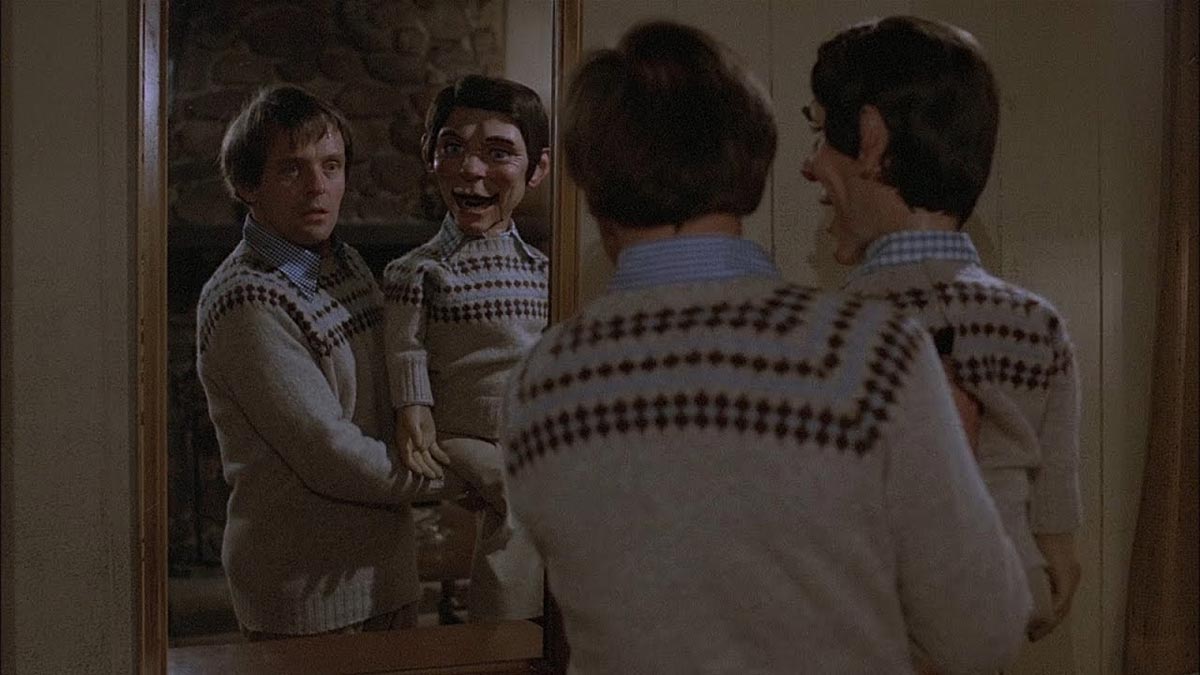
In April of 1978, Variety noted that “pic has had several false starts but finally started lensing January 9.” Joe Levine, in keeping up with his image of PR man extraordinaire, made sure to phone the columnists in February to keep things on track. He told Peter Noble of Screen International, “Dickie Attenborough’s directing is making magic of the tense scenes between Anthony Hopkins, Ann-Margret and Burgess Meredith! And don’t forget that my son Richard Levine is co-producing like he did on A Bridge Too Far!” (as if anyone could forget)
The tech advisor on the film was Dennis Atwood, famed ventriloquist and official successor to Edgar Bergen and Charlie McCarthy. Atwood made it his mission to train Hopkins in ventriloquism and dummy manipulation techniques. Hopkins mentioned in several interviews that learning magic and ventriloquism was about subterfuge and subtle distraction but that every so often there was some overlap between the ventriloquist and the dummy. One such instance was an on-set moment when Hopkins flubbed a line as Corky but yelled “Cut!” as Fats, the dummy!
This story of Corky, the shy ventriloquist and his dummy Fats, is perfect for the Halloween season. Shot by Victor J. Kemper (The Friends of Eddie Coyle, Eyes of Laura Mars) the film has strong visual charm for horror junkies. Its ability to examine human insecurity as well as psychological damage gives it necessary dramatic tension and quality character development while Jerry Goldsmith’s score enriches the experience. Magic allows for varied audience appeal while bringing in a knowledge of its own highly specific genre. By platforming ventriloquism as a trope of terror it calls forth this theme as previously utilized by Alberto Cavalcanti in the 1945 UK anthology film Dead of Night, The Twilight Zone episode “The Dummy” (air date 5/4/1962), or even The Great Gabbo (James Cruze, 1929).
If you’re a fan of creepy doll, marionette or puppet flicks, come check out Magic. It’s definitely the film for you.


